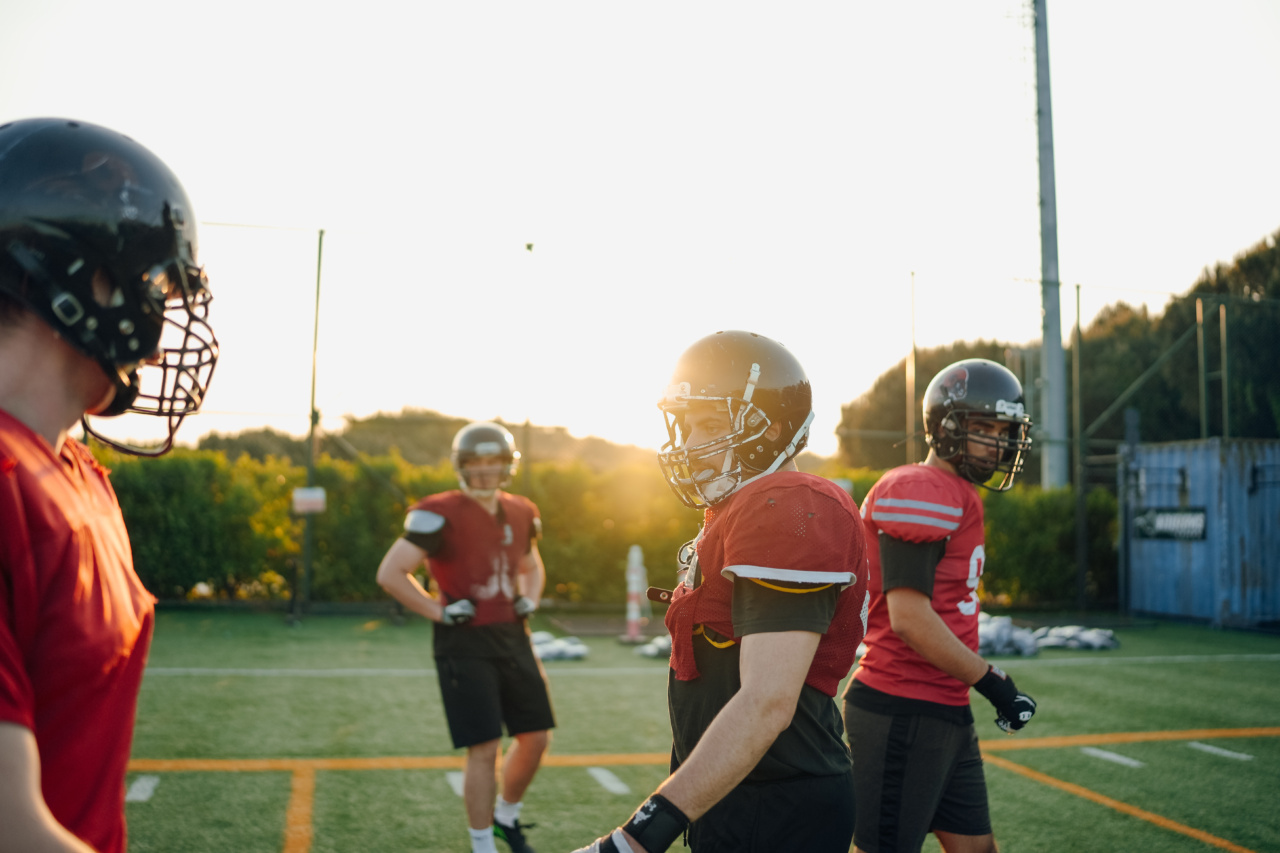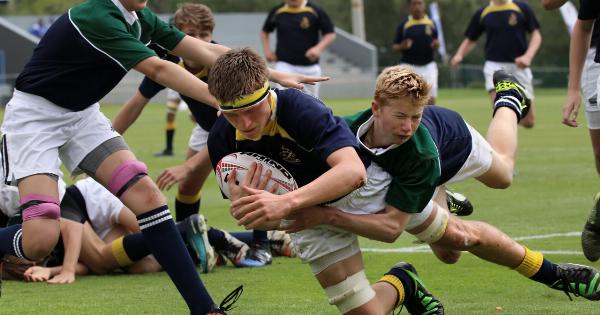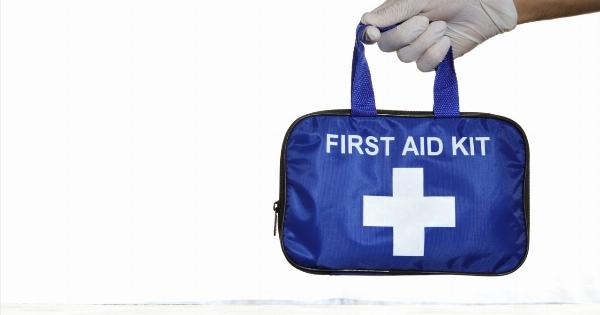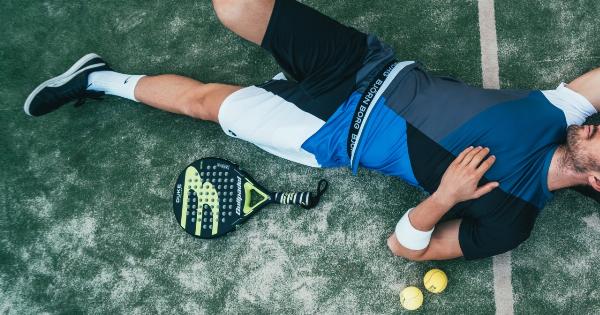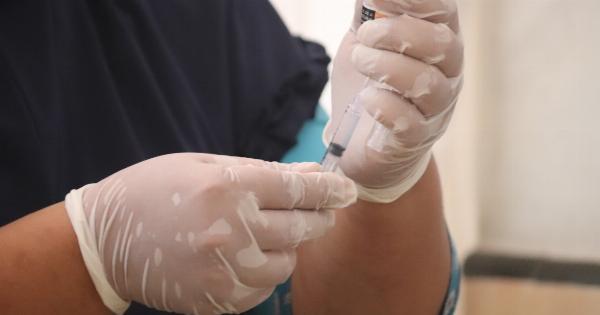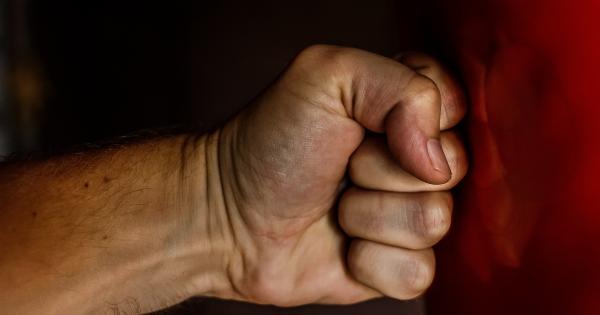Sports injuries can happen to anyone, from professional athletes to weekend warriors.
Whether you sprained your ankle during a soccer game or suffered a concussion while playing football, dealing with an injury can be a painful and frustrating experience. But did you know that you might be entitled to compensation for your sports-related injury? In this article, we will discuss what you need to know about pursuing compensation for sports injuries.
Understanding the Types of Sports Injuries
Sports injuries can vary widely in their severity and the type of injury sustained. Some common types of sports injuries include:.
-
Strains and Sprains
-
Fractures
-
Concussions
-
Tendonitis
-
Dislocations
These are the most common types of sports injuries. Strains occur when muscles or tendons are stretched or torn, while sprains happen when ligaments are stretched or torn.
These injuries can range from mild to severe and often require medical attention and rehabilitation.
Fractures are breaks in bones and can occur due to the impact or trauma experienced during sports activities. Fractures may require surgery, casting, or immobilization to heal properly.
A concussion is a type of traumatic brain injury that occurs due to a blow to the head, often seen in contact sports like football or boxing.
Concussions can have long-term effects on a person’s cognitive abilities and may require extensive medical treatment.
Tendonitis is the inflammation of tendons, usually caused by repetitive motions or overuse. Athletes who frequently engage in activities requiring repetitive motions, such as swimmers or tennis players, are more prone to developing tendonitis.
Dislocations occur when a bone is forced out of its usual position in a joint. This can cause intense pain and often requires immediate medical attention to reset the joint.
Who is Liable for Sports Injuries?
Determining liability for sports injuries can be a complex process. In many cases, the injured party must prove that the injury was caused by negligence or intentional misconduct on the part of another person or organization.
In some instances, the liability may lie with:.
- A coach or trainer who provided inadequate supervision or failed to provide proper safety equipment or training.
- The sports facility or venue for failing to maintain safe playing conditions or not adequately inspecting and repairing equipment.
- An opposing player who engaged in reckless or intentional behavior that caused the injury.
- A manufacturer of faulty sports equipment or gear that contributed to the injury.
In cases where the injured party voluntarily assumed the risks associated with the sport, such as signing a waiver, it may be more challenging to seek compensation.
However, every case is unique, and it is recommended to consult with a personal injury lawyer to determine the best course of action.
How to Seek Compensation for a Sports Injury
If you’ve been injured while playing sports and believe someone else is liable for your injury, here are the steps you should consider taking:.
-
Seek Immediate Medical Attention
-
Gather Evidence
-
Consult with a Personal Injury Lawyer
-
Filing a Lawsuit
-
Negotiating a Settlement
-
Preparing for Trial
-
Receiving Compensation
Your health and well-being should always be the top priority. Seek medical attention promptly to properly diagnose and document your sports-related injury. Your medical records will play a crucial role in proving the extent and impact of your injury.
Collect evidence that supports your claim. This can include photographs of unsafe playing conditions, witness statements, or any other relevant documentation. The more evidence you can gather, the stronger your case will be.
Personal injury lawyers specialize in handling cases related to sports injuries. They have the knowledge and experience to navigate the legal process on your behalf.
Consult with a reputable personal injury lawyer who can assess the merits of your case and guide you through the process of seeking compensation.
Depending on the circumstances, your lawyer may advise you to file a lawsuit against the responsible party/parties. It is important to follow the legal time limits, or statutes of limitations, for filing a personal injury claim.
In many cases, personal injury claims are resolved through negotiation and settlement before going to trial. Your lawyer will work with the opposing party’s legal representatives to reach a fair settlement.
If a settlement cannot be reached, your lawyer will prepare your case for trial.
If your case goes to trial, your lawyer will gather additional evidence, interview witnesses, and present your case in court. It is crucial to work closely with your lawyer to prepare for trial and increase the chances of a successful outcome.
If your case is successful, you may be entitled to compensation for various damages, including medical expenses, lost wages, pain and suffering, and future medical care. The amount of compensation will vary based on the specifics of your case.
Conclusion
Being injured while playing sports can have a significant impact on your physical and financial well-being. If you believe someone else is responsible for your sports-related injury, it is essential to seek legal advice and understand your rights.
By taking the appropriate legal steps, you can increase your chances of obtaining compensation for your injury and moving forward towards recovery.
